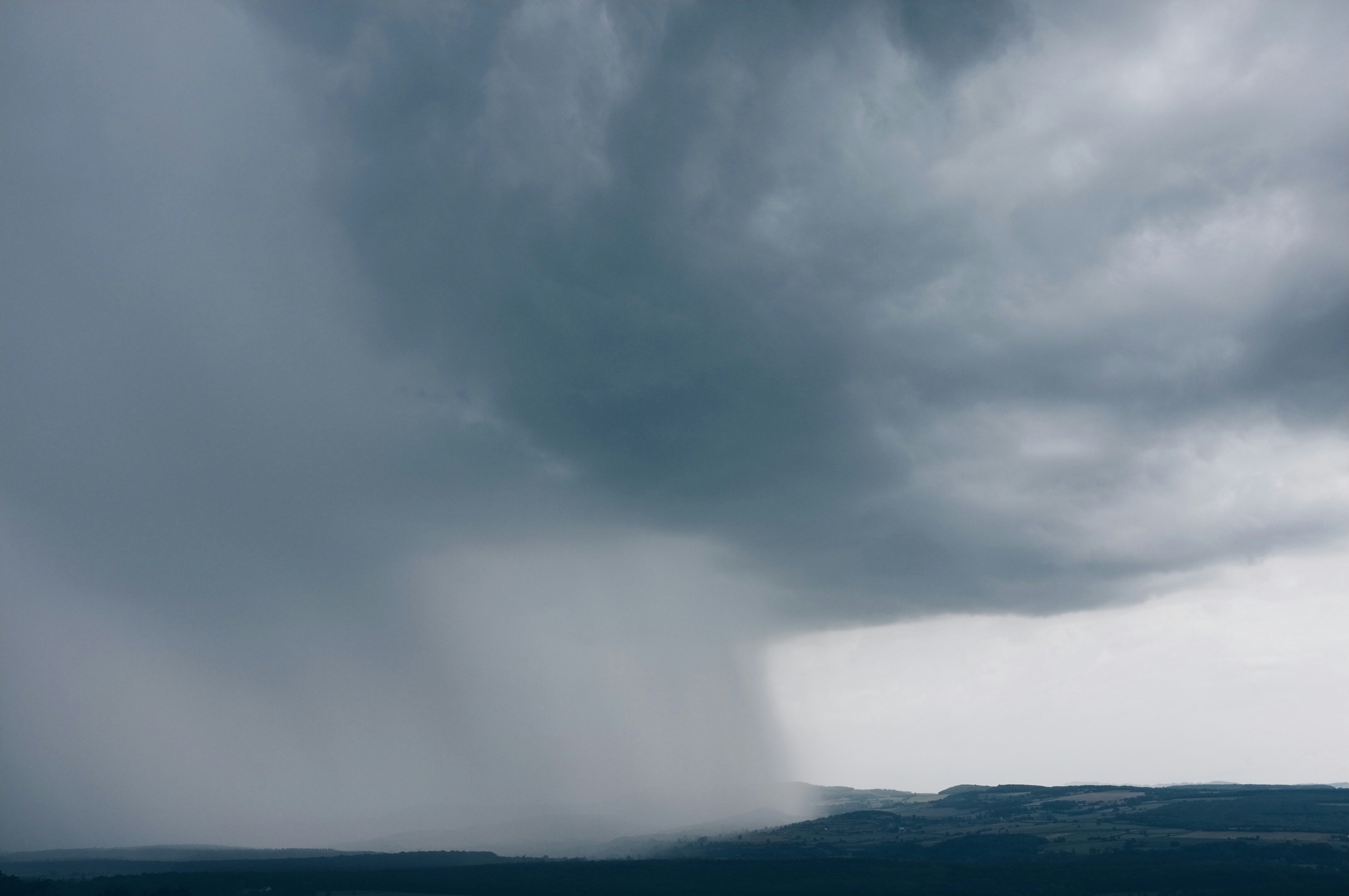Revolutionizing Hurricane Forecasting with AI
In recent years, artificial intelligence (AI) has emerged as a game-changer in numerous fields, from healthcare to finance. Its application in meteorology, specifically in predictive hurricane modeling, is particularly transformative. As hurricanes become more frequent and intense, owing to climate change, improving the accuracy of forecasts is more critical than ever. AI offers innovative solutions that promise to refine the way we predict and prepare for these formidable natural events.
The Importance of Accurate Hurricane Forecasts
Accurate forecasts are vital for minimizing the destruction caused by hurricanes. These forecasts provide crucial lead time for evacuations and enable better resource allocation. While traditional modeling relies heavily on statistical analysis of past hurricane data, it can sometimes fall short in predicting rapidly intensifying storms or new patterns due to changing climatic conditions.
How AI is Enhancing Predictive Accuracy
AI algorithms can process vast amounts of data far beyond human capability, identifying patterns and correlations unseen in traditional models. Machine learning, a subset of AI, can be trained on historical weather data, satellite images, and current atmospheric conditions to predict hurricane trajectories and intensities more accurately. For instance, NOAA has begun integrating AI into its forecasting models to enhance predictive accuracy. The ability to learn from past data and continuously improve makes AI a powerful tool in forecasting.
Real-World Applications and Benefits
AI’s real-world applications in hurricane prediction include improving the accuracy of storm paths and their potential intensities. This technology is not just theoretical; it has tangible benefits. By increasing the reliability of forecasts, AI aids in reducing unnecessary evacuations, which can be costly and stressful for communities. It also allows emergency services to plan and deploy resources more effectively, ensuring that aid reaches those in need promptly.
Case Studies and Innovations
Various meteorological organizations and startups are exploring the potential of AI in hurricane forecasting. A prime example is IBM’s Watson, which is being used to analyze weather data to improve prediction models. Additionally, the European Centre for Medium-Range Weather Forecasts is utilizing AI to enhance its global forecasts. These initiatives underline the potential of AI to complement traditional meteorological practices, leading to more reliable and timely forecasts.
Challenges and Ethical Considerations
Despite its advantages, integrating AI into hurricane forecasting is not without challenges. Data quality and availability can impact the efficacy of AI models. Furthermore, there’s an ethical consideration in ensuring that AI predictions do not lead to overconfidence or complacency among the public and decision-makers.
Transparency in AI processes is essential. People need to understand that while AI enhances prediction accuracy, it is still part of a broader decision-making toolset. Thus, maintaining a balance between technology and human expertise remains crucial.
Future Prospects and the Role of Organizations
Looking ahead, AI’s role in predictive hurricane modeling is poised to expand. Continuous advancements in AI technology, coupled with increased data availability, will likely lead to even greater forecasting accuracy. Non-profit organizations, like HelpNow, play an essential role in supporting research and advocating for the integration of these technologies into disaster preparedness frameworks.
Additionally, organizations are focusing on community education, helping individuals understand the benefits of AI in forecasting and how they can best utilize these forecasts to prepare for hurricanes. By subscribing to updates and participating in training sessions, communities can enhance their preparedness for future storms.
Conclusion
AI is revolutionizing how we understand and prepare for hurricanes. With the ability to process large datasets quickly, it enhances the accuracy and timeliness of forecasts. As we continue to face the challenges posed by climate change, leveraging AI in predictive hurricane modeling will be pivotal in safeguarding communities and minimizing the impact of these powerful natural disasters. By embracing technological innovations and supporting educational initiatives, we can enhance our resilience and readiness for future storms.
To stay informed about disaster preparedness and learn more about our programs, consider visiting our subscription page and join our efforts in fostering a safer, more prepared community.

